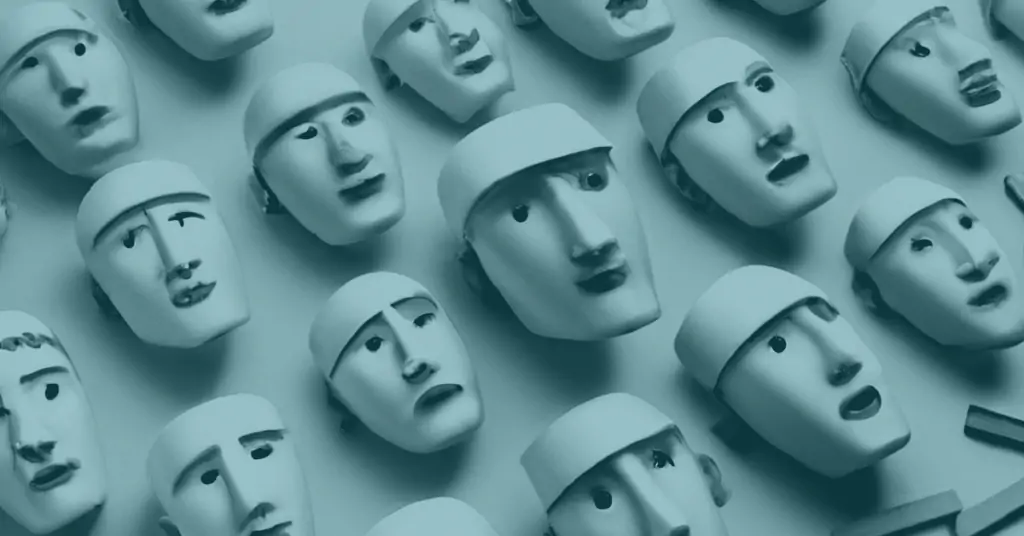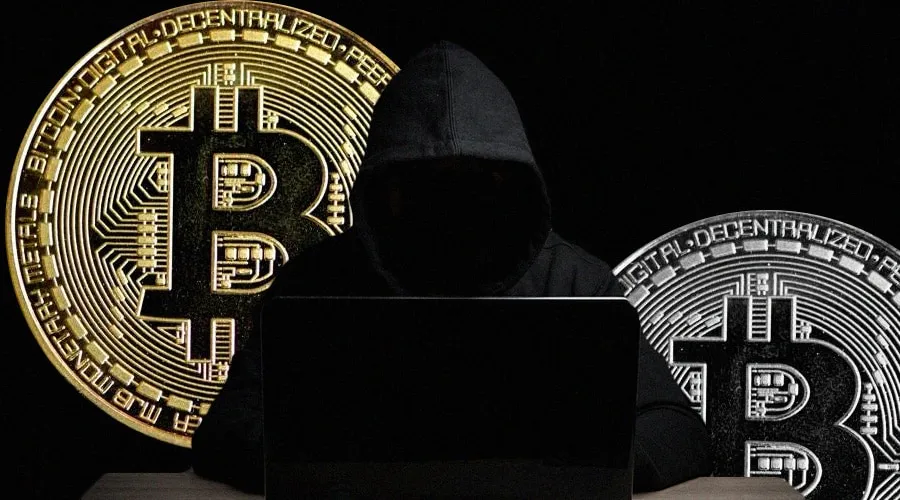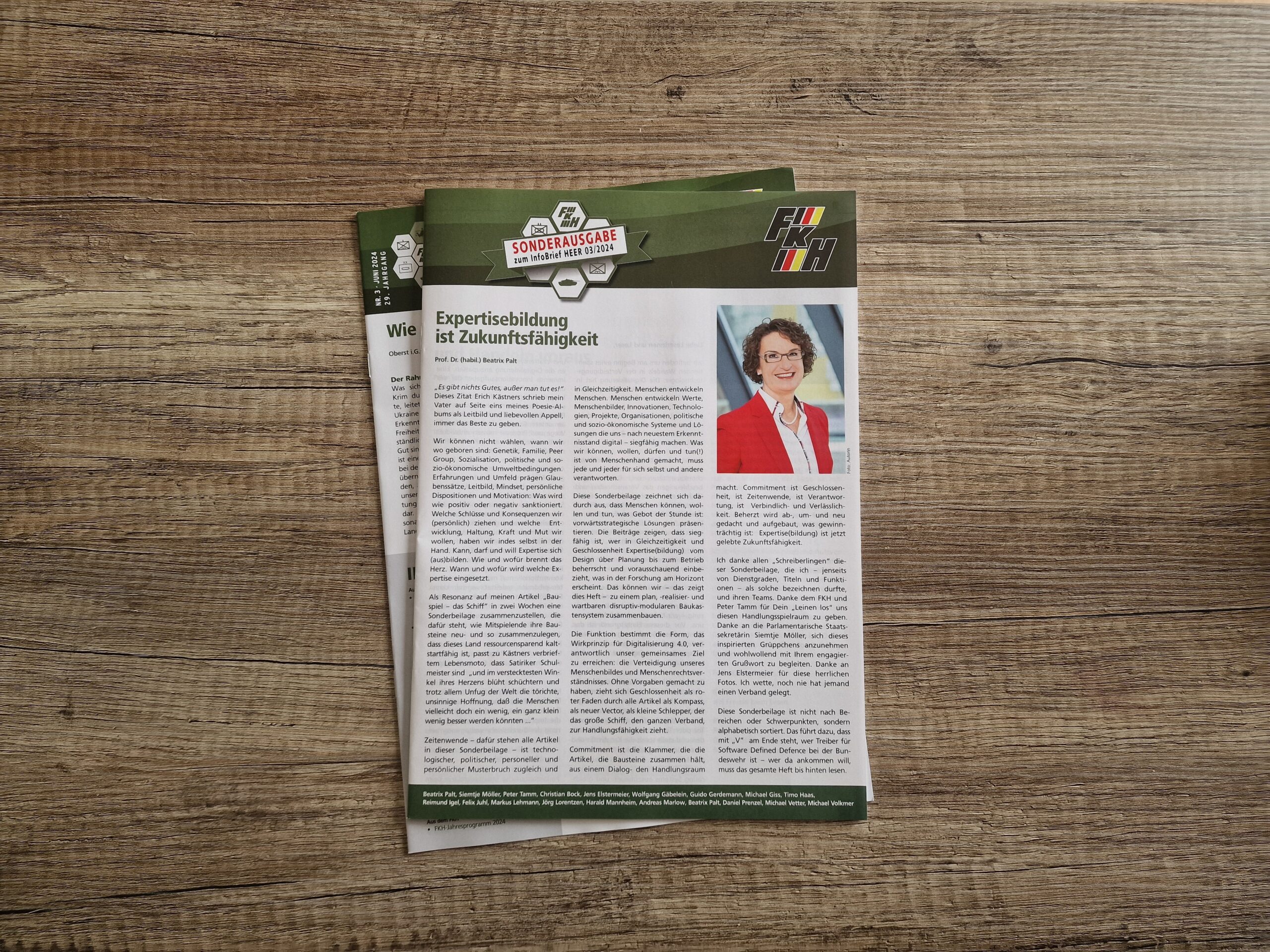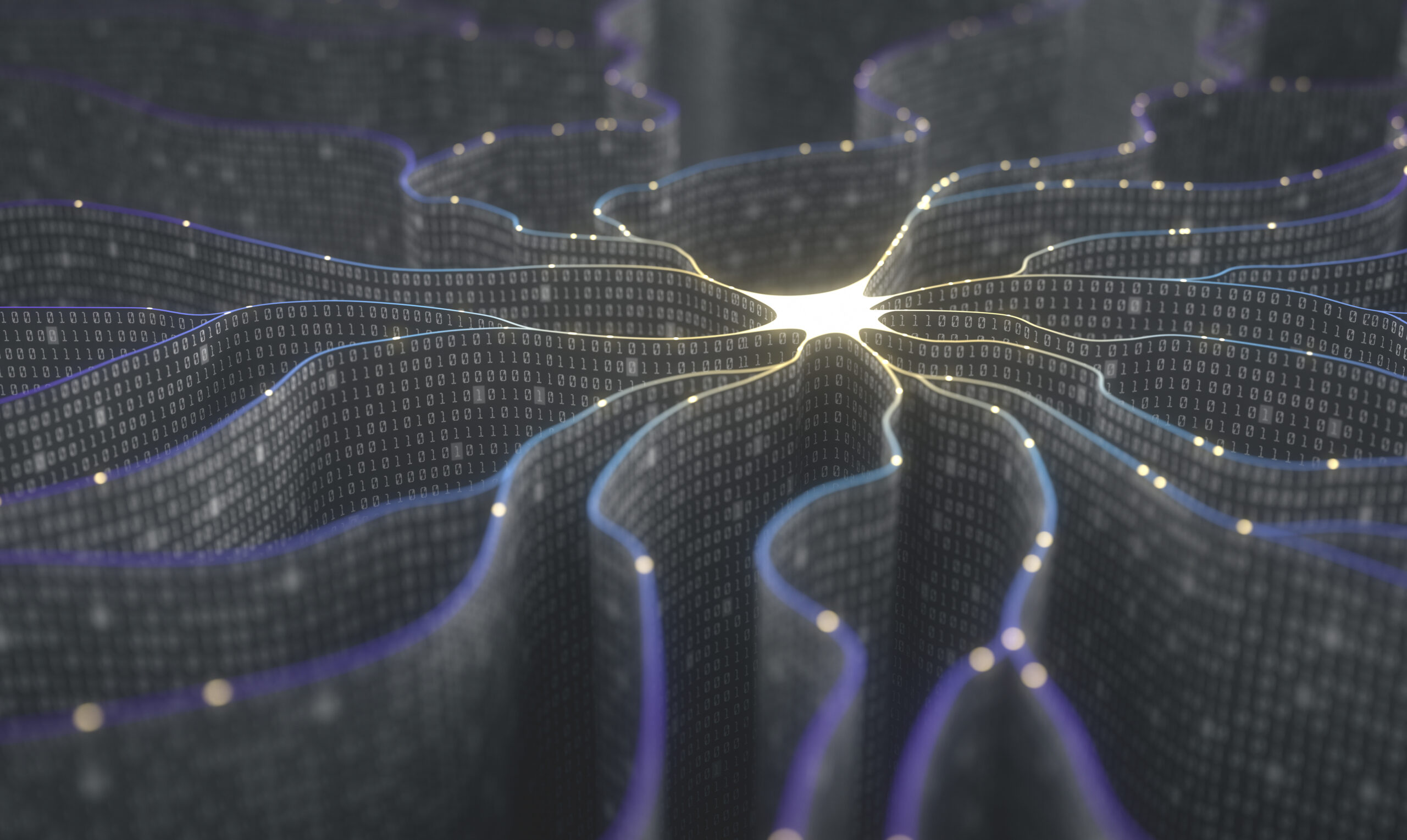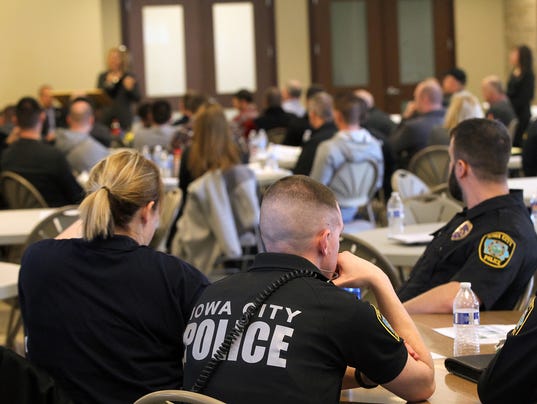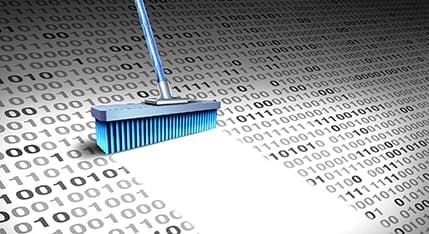Will legal cases and court rooms be at risk because of AI generated fake evidence?
As AI technology advances, the ability to create convincing fake evidence—such as deepfake videos, forged voicemails, or manipulated images and other—poses a serious risk to criminal justice systems. These tools can be used to fabricate confessions, alter witness testimonies, or create false alibis, making it increasingly difficult to distinguish real from fake evidence. As detection methods struggle to keep pace with the technology, the legal system may face significant challenges in maintaining the integrity of trials, leading to wrongful convictions or the escape of guilty individuals. The need for advanced verification tools and updated legal frameworks has never been more urgent.

